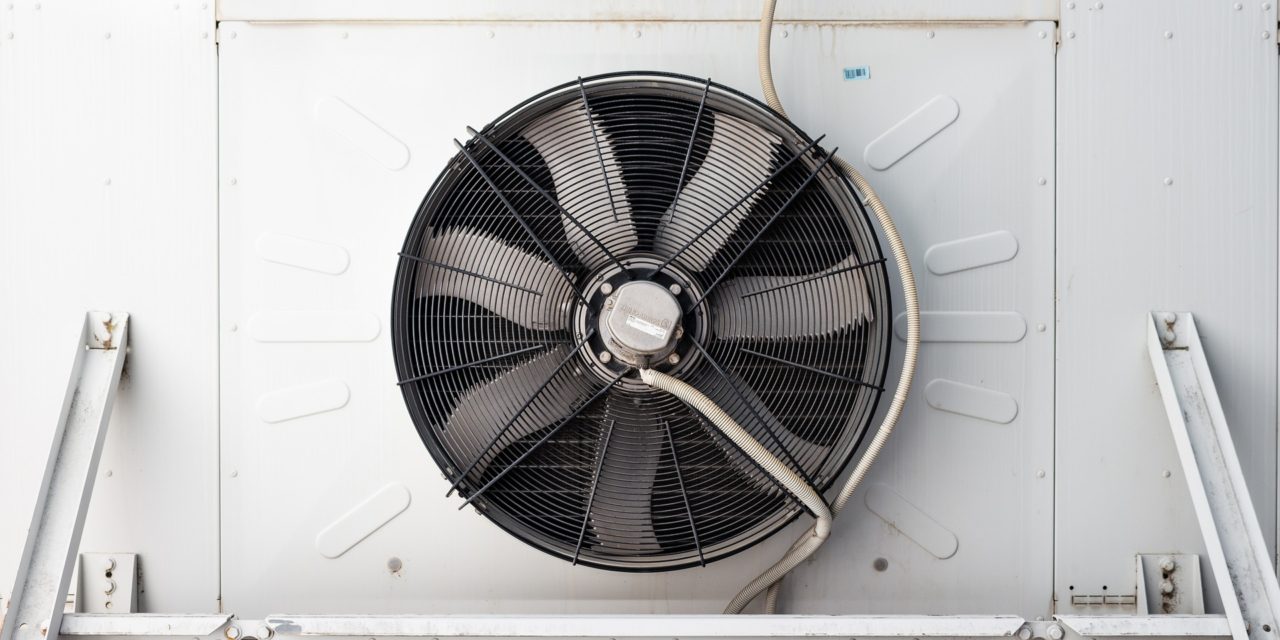Indoor comfort tech is a fundamental part of our day-to-day life, and heat pumps are becoming increasingly popular for a number of reasons.
They can effectively heat and cool buildings, and instead of producing heat as gas furnaces do, heat pumps operate by moving heat from one location to another, mainly using electricity which also pairs well with solar panels.
As a result, heat pumps may consume less energy and may lower energy prices overall.
Heat pumps are typically more environmentally friendly than other alternative heating and cooling systems. They do not burn fossil fuels, which can release toxic emissions into the air.
Your heat pump and Air Filtration
As heat pumps are an evolutionary step in forced air heating and cooling systems, they inherit the same pros and cons when it comes to indoor air quality and, to be more specific, air filtration.
Even though heat pumps are unable to use hepa filters for filtration, they still offer air purification qualities. In other words, when paired with a high-quality air filter, your heat pump can function as a central air purifier to help combat airborne pollutants and allow for better air quality throughout your home.
These particles may include anything from mold spores, pet dander, and dust particles to other allergens and airborne particles.

Disclaimer
As stated in earlier posts, I am just talking about pleated or disposable air filters in this one. At this point in my career, I’ve worked on enough heat pumps to draw the conclusion that electronic filters require excessive amounts of homeowner maintenance to perform at their peak.
Most of the electronic filters I’ve worked on were broken years before I got to them due to homeowner negligence (essentially meaning that those heat pumps were operating with zero air filtration). As a result, I stopped advising them about residential uses.
Heat Pumps 101: The Basics
Heat pumps are mechanical-electrical systems that transfer heat using electricity from one location to another. In a nutshell, they work by transferring heat from the outside air, water, or ground to the interior using a refrigerant.
You can think of a heat pump as an air conditioner that can work in reverse. Unlike standard air conditioners, which “dump” heat from indoors to outdoors, a heat pump can “reverse gear” and extract heat from outdoor air, even on cold days, and “dump” it indoors.
Determining which is the best filter for your heat pump: Pressure drop, efficiency, and loading capacity.
MERV Rating
The American Society of Heating, Refrigerating, and Air-Conditioning Engineers (ASHRAE) developed the Minimum Efficiency Reporting Value (MERV) grading system (ASHRAE). The effectiveness of each filter is evaluated against three different aerosol size ranges (0.3-1, 1-3, and 3-10 micrometers).
The majority of home dust falls into the 1-3 or 3-10 micrometer groupings since it is larger than a micrometer. Although our immune system tends to react to larger particles (for example, allergens), sub-micron particles tend to be more numerous (particle-count-wise), linger in the air for longer, and pass our body’s defense mechanisms undetected. In other words, it is now believed that particles in the smaller group (0.3-1.0 micron) tend to pose more risk to our well-being. As an example, according to the EPA’s most recent wildfire smoke advisory, wildfire smoke particles typically range in size from 0.4 to 0.7 micrometers.
Pressure Drop
Pressure drop, often known as resistance, measures a filter’s resistance to air and aids in determining the volume of air before and after it passes through the filter. The harder it is for your heat pump’s fan to run, the more energy it will need.
If your heat pump’s fan uses the most common PSC motor, it will have to operate harder to heat, cool, and filter the air in your home. If your heat pump is equipped with a more modern ECM motor, it will have to consume more energy to keep running.
Additionally, a greater resistance/pressure drop is directly related to a greater risk of equipment failure and accelerated wear and tear.
In the US, the pressure drop is often measured in the water column (WC. lower is better). For instance, a filter rated at a pressure drop of 0.1wc would require less power than one rated at 0.3wc.
Loading Capacity
The term “loading capacity” describes how much dust and other particles a filter can hold before experiencing the maximum pressure drop that it is certified for.
The capacity of the filter determines how frequently it needs to be replaced. For instance, if filter B needs to be replaced every three months, but filter A has four times the loading capacity, filter A would need to be changed every 12 months.
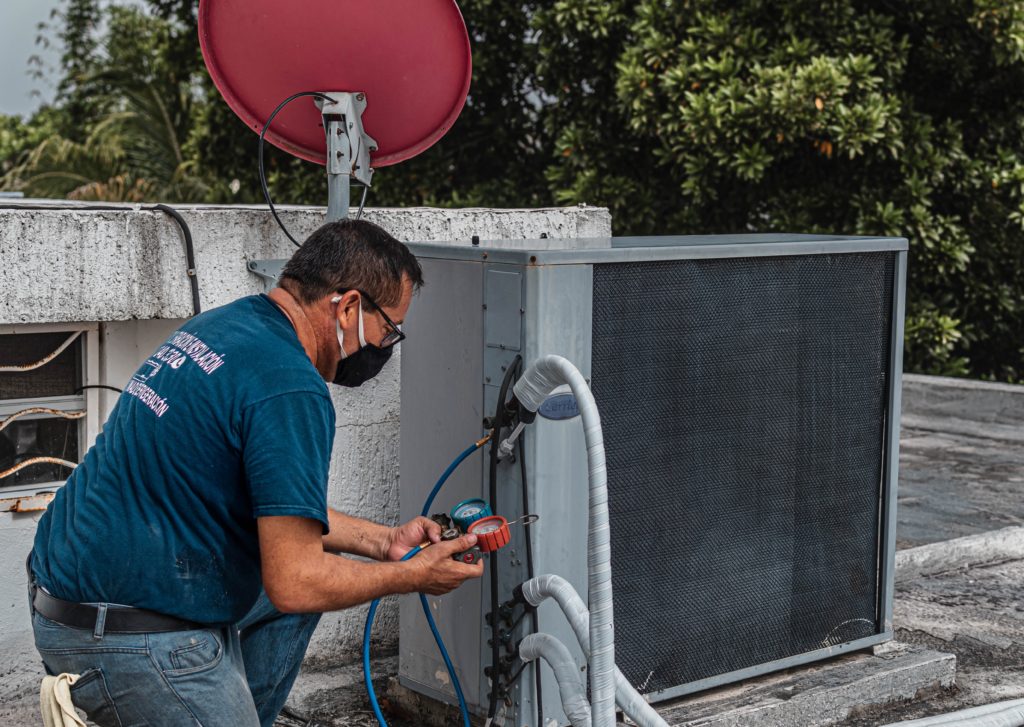
The Best Air Filters for Heat Pumps
Our pick: Breathable Intake CAL16/CAL16F and CAL20/CAL20F
- Efficiency at 0.3-1 micrometer: About 96%
- Initial resistance/pressure drop: About 0.21 @ 1,400 cfm
- Replacement frequency: About once a year
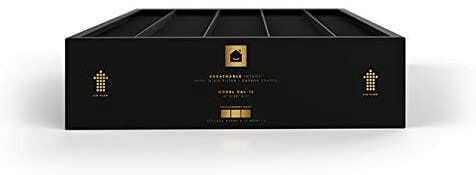
The CAL16 and CAL20 were primarily created for California, although they would also be effective in other states with a high risk of wildfires or if you’d like to use your heat pump as a central air purifier. It has the highest efficiency we’ve tested at the 0.4-0.7 micrometer particle size range and has a carbon layer that aids in absorbing VOCs (extremely important during a wildfire).
Additionally, it offers a low resistance/pressure drop, nearly half the pressure drop of most heat pump filters, in addition to a large loading capacity (about four times that of conventional heat pump filters). This filter is a monster!
The main problem with this filter is that installing the highly particular filter housing it requires isn’t a do-it-yourself project due to its large size (it is five times thicker than typical filters).
The cost of hiring a professional to adapt your return duct so that it is compatible with this filter might range from $600-$1,200.
Although the filter’s price of roughly $100 is regarded as excessive for a heat pump filter, its low resistance and increased loading capacity result in a better ROI over the long run.
Pros:
- Highest efficiency at 0.3–1 micron
- Durable
- Extra wildfire smoke protection
- Low resistance (more energy-efficient and less wear and tear on your heat pump system)
- Low replacement frequency (about once a year)b-before-green
Cons:
- Requires a dedicated housing
- Housing installation is not a DIY project (requires professional installation)
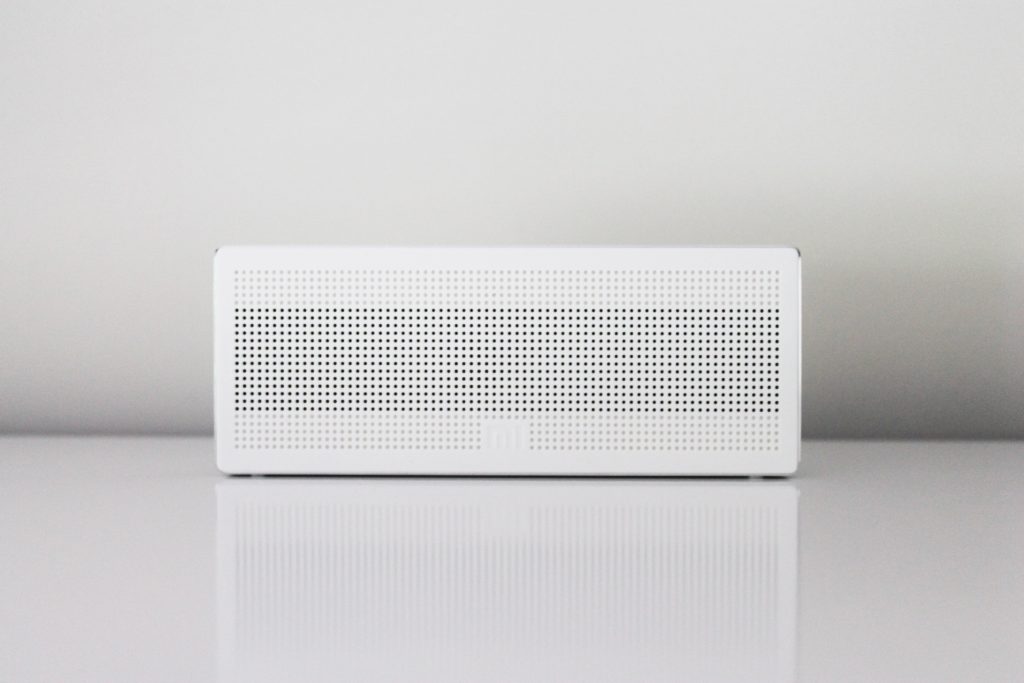
LENNOX X6675
- Efficiency at 0.3–1 micrometer: About 95%
- Initial resistance/pressure drop: About 0.15 @ 1,280 cfm
- Replacement frequency: About once a year
Pros:
- High efficiency at 0.3–1 micron
- Low resistance (more energy-efficient and less wear and tear on your heat pump system)
- Low replacement frequency (about once a year)
Cons:
- Somewhat fragile construction, making it more likely to tear while installing/removing
- Requires a dedicated housing
- Housing is not a DIY project (requires professional installation)
MERV 16 general-purpose filter: Lennox X6675. It has a carbon layer like the CAL series, which aids in absorbing VOCs, and it has a high efficiency for the E1 group.
It offers a reasonably low resistance/pressure drop as well as a high loading capacity that is roughly four times that of a conventional AC furnace air filter.
Our primary issue with it is that it was poorly built, meaning the frame collapsed one time too many when we installed it into our heat pump’s filter housing (it used to be my filter of choice). A poorly constructed filter is likely to lose its efficiency quickly and dramatically.
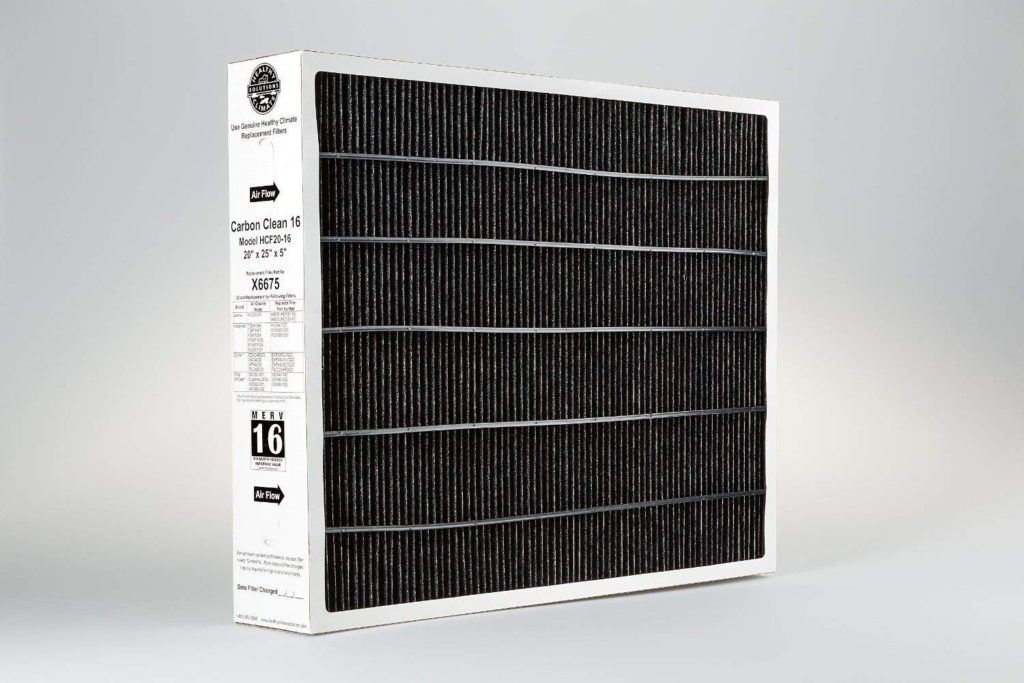
IQAir Perfect 16
- Efficiency at 0.3–1 micrometer: About 96%
- Initial resistance/pressure drop: About 0.22 @ 1,400 cfm
- Replacement frequency: About once a year
The IQAir Perfect 16 is a heat pump filter made by IQAir, a well-known manufacturer of freestanding air purifiers.
The system is well-built and has an M-configuration (four zigzagged filters), which facilitates easier airflow through the filter. Although its performance is fairly comparable to that of our top pick, it is six to eight times more expensive.
It’s difficult to suggest this option as our top pick with an MSRP ranging from $2,500 to over $3,000 (or more) and a cost of roughly $300+ for each filter replacement. Between this system and the Breathable Intake system, there is almost any difference in terms of other aspects.
Pros:
- Highest efficiency at 0.4–0.7 micron
- Durable
- Low resistance (more energy-efficient and less wear and tear on your heat pump system)
- Low replacement frequency (about once a year)
Cons:
- Extremely expensive
- Requires a dedicated housing
- Installing the housing is not a DIY project (it requires professional installation)
No housing required: Filtrete MERV 12-13 filters
- Efficiency at 0.3-0.1 micrometer: About 50%
- Initial resistance/pressure drop: About 0.46 @ 1,400 cfm
- Replacement frequency: About four times a year
Filtrete is a 3M brand. By far, this is the most commonly used HVAC filter in the US and would work similarly on your heat pump. It offers solid performance for a traditional 1-inch filter. It’s about 50% efficient at 0.3-1 micrometer particles, which is not that impressive, but much better than many filters in the 1-inch category.
When compared to the IQAir and Breathable Intake, this filter is rated at relatively high resistance (about 0.46wc vs. about 0.22wc), which will shorten the life of your heat pump while also increasing the operating cost because the fan motor will either take longer to heat/cool/filter the air or draw more power in order to keep up.
Why is this filter on the list? If you’re not planning to replace your filter housing, this is the best option that would actually fit in your current system. They come in many different sizes and can slide into most HVAC systems.
Pros:
- Highest efficiency for a traditional/general-purpose filter
- Fits in most HVAC systems. No modification is required.
Cons:
- Less energy efficient due to its high resistance/pressure drop
- More wear and tear on your HVAC system (again, due to its high resistance/pressure drop)
- Poor to average performance at the sub-micrometer particle size range
- High replacement frequency (every three months)
When Is the Best Time to Change Your Heat Pump Filter?
Depending on your heat pump filter, you may need to replace them every three, six, or 12 months. Each filter has a recommended timeframe for coverage, which can vary depending on location and amount of usage.
The best way to identify whether your filter is ready to be changed is by doing routine monthly checks.
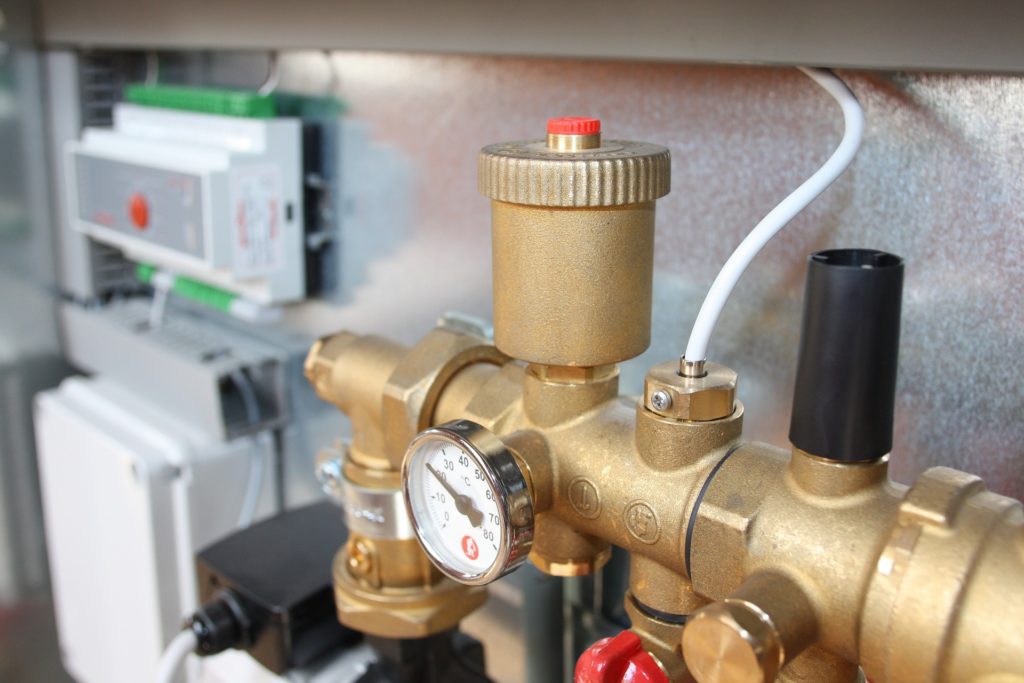
Always check your air filter before the winter months to ensure it can provide you with proper filtration before your heat pump kicks into gear.
How to Dispose of an Air Filter
When using disposable air filters, you want to dispose of them properly between changes. These filter out allergens and other small particles you don’t want to breathe in.
Place the filter in a plastic bag and tie it securely. After that, throw it away in your standard garbage can.
Make sure you replace your filter immediately after removing the old one to ensure your air quality is kept clean and pure.
Conclusion
Healthy air throughout your home is essential for keeping allergens and pollutants at bay. While there are many ways to filter home air, such as an air purifier or installing a HEPA filter in your HVAC system, having a high-quality heat pump filter is critical to maintaining clean air.
Finding the right filter for your heat pump is essential for improving air quality, saving energy, and proper performance.
Choosing the correct heat pump filter is similar to finding furnace filters or an AC air filter in warmer months.
Use our top picks to help you decide which product works best for your home and geographical needs.
Hopefully, you’ve found the information outlined in this article useful. These are the top heat pump filters we’ve tested so far.
I’ll update this list as more options become available.

